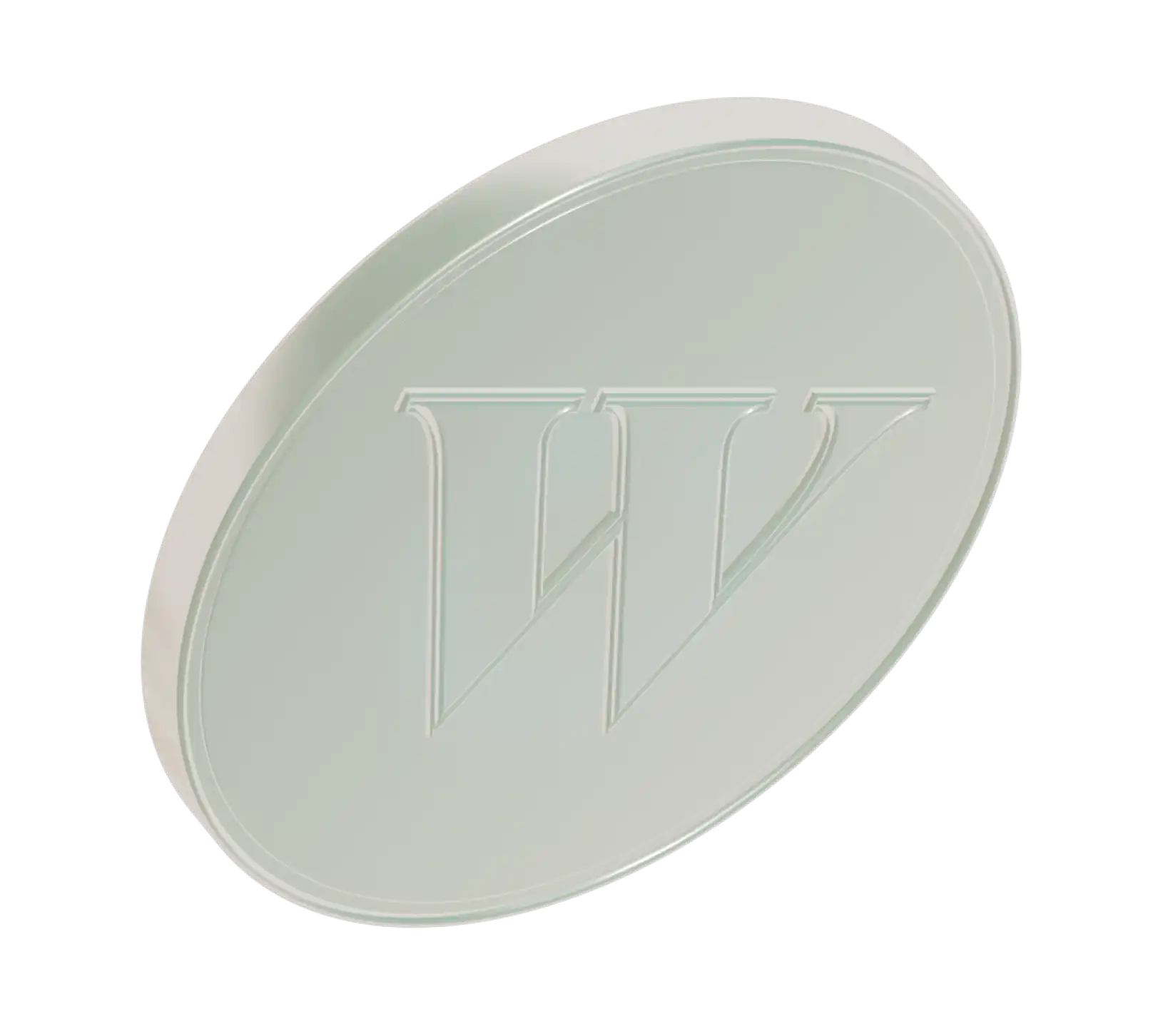Investing is all about getting a return on your money, and the best way to know how you’re doing on that front is to calculate the yields of your investments. That is, find out how much income each of your investments promises to earn relative to its value in the market and how much you invested in the first place.
Seeing how much your investments will yield you means equipping yourself with valuable knowledge that can influence further investment decisions. But first, arm yourself with a thorough understanding of yields and how to calculate them. Read on to find out more.
What is yield?
Yield is the income you gain from an investment, which does not include profit you make from the price of your initial investment rising—called capital gains. Calculating your yield percentage allows you to tabulate how much income you can expect to earn each year in relation to the market value and the initial cost of your investments. Yields vary by type. A typical stock yield on the S&P 500 is 2–4%.
Yield comprises just part of the total return you get on an investment. The other component of your return is the actual price of the investment security or property, which will fluctuate with the market. If the investment goes up in value, you profit from capital gains.
Yield vs. return
Do yield and return mean the same thing? Many people conflate the two terms, thinking they both just signify the money you get back from an investment. But this is a misconception.
These are two distinctly different types of calculations that tell you different things about your investments.
Yield
is specific to income, so it does not take capital gains into account. Yield looks at what you will make in the future; it is called a prospective measure.
Return
assesses all the gains you’ve made from a certain investment over a particular period of time. This includes both income (such as interest or dividends) and capital gains. Return only looks at what has happened in the past; it is called a retrospective measure.
When assessing your investment portfolio, look at both your rates of return and yields. Together they can provide a good picture of the health of your investments.
Types of yield
Yields come in various forms depending on what kind of investment they relate to. There are three types of yields:
Dividend yield, a.k.a. yield on stocks: Yields from stocks to individual stockholders come in the form of dividends, which usually arrive on a quarterly schedule, but may be monthly, semi-annual, or annual.
Interest yield, a.k.a. yield on bonds: Yield from bonds comes in the form of coupon payments, which usually come semi-annually.
Rental income yield, a.k.a. yield on real estate: Yield from real estate investments is defined by the amount of rental income received from a property, minus all operating expenses—otherwise known as net income.
As the price of an investment increases, the yield from that investment decreases. And vice versa: As the price goes down, the yield from that investment goes up.
How to calculate yield
You can calculate yield using a simple formula: Take whatever form of yield you have (dividends, coupons, or net rental income) and divide it by the investment’s value. This will give you a number less than one, which you will then multiply by 100 to get the annual percentage of yield.
Let’s look at some examples of how you might calculate the yield for different types of investments.
Stocks
To calculate the yield on your stock investment, use the following formula:
Dividends per share / stock price x 100
Let’s say that John bought a share of Acme Computer Company and wants to figure out his yield. The dividend for Acme is $1.05, and the price per share of the stock at the moment is $38.75. John does the following calculation:
$1.05/$38.75 = 0.0271 x 100 = 2.71% yield
The yield calculation tells John what percentage of his initial investment he will recoup each year.
The next day, the price per share of stock is higher. John calculates how much lower his yield would have been if he had waited one more day and paid the higher price for the stock:
$1.05/$40.17 = 0.0261 x 100 = 2.61% yield
Bonds
To calculate the yield on your bond investment, use the following formula:
Coupon price / bond price x 100
Let’s imagine Jane, who wants to earn fixed income payments while she saves aggressively for her son’s college education. She buys some Big Bank corporate bonds that have a price tag of $102.93 and come with a coupon of 4.65%.
The first step in this equation is figuring out the coupon’s annual price. Do this by multiplying the coupon percentage by 100:
4.65% = 0.0465 x 100 = $4.65 per bond per year
Next, divide the coupon price by the bond price, and finally multiply by 100:
$4.65/$102.93 = 0.0452 x 100 = 4.52%
The yield calculation tells Jane how much she’ll be getting back each year based on the size of her coupon and the price of the bond.
Real estate
To calculate the yield on your real estate investment—also called the “cap rate”—use the following formula:
Net rental income / real estate value x 100
We can picture Jeremy, who owns a condo that he rents to his friend Alice. He bought the one-bedroom unit for $560,000 and is renting it to Alice for $2,350 per month. The costs for the condo, such as taxes, homeowner’s insurance, and association fees total $850 per month.
To figure out his yield, his first step is to figure out his net annual rental income:
$2,350 – $850 = $1,500/month x 12 months = $18,000/year
Next, Jeremy should divide his annual rental income by the cost of his property, and finally multiply by 100:
$18,000 / $560,000 = 0.0321 x 100 = 3.21%
This yield calculation tells Jeremy how much of his initial investment he’ll be getting back each year by renting out the condo. Since yield does not include capital gains, this number does not include any amount he’ll recoup when he sells the condo if the property value has gone up.
Pay attention to real yields
As with so many financial calculations, inflation rears its ugly head in the process of figuring out yields. Since a dollar’s purchasing power—its real value—declines over time, it’s important to add that into your calculation for whether your investments are yielding you sufficient funds. Would it be better just to put your moolah under the mattress?
Say you need $8,000 a month to live on this year, and your stock dividends have paid you $2,000 (2% return on a $100,000 investment—nice!). If inflation is at 3%, then next year the same lifestyle will cost you $8,240/month — an additional $2,880 over the course of the year, compared to the previous year. With your investments yielding 2%, you’ll still get your $2,000 return. But instead of the $2,000 gain you had the previous year, now you’ve got an $880 loss. Your real yield is a negative 1%—not nearly as rosy a picture as it seemed at first.
It’s important to pay attention to real yield and real return when setting up and managing your investment portfolio.
Watch out for high dividend yields
High dividends can seem too good to be true; and that may mean that they are. Investors should beware of stocks that show yields that are extremely high, especially if the company doesn’t have a decades-long record of maintaining and successfully paying such yields.
During the 2007-2008 subprime mortgage disaster, some companies had yields of 10-20%. While that may seem great, the high yields were only the result of the stock price tumbling, making the dividend high in relation to the suddenly devalued price of the stock.
Before investing in a high yield divided stock, it is essential to analyze why the yield is at that level. The answer may be more of a red flag than a reassurance.
Don’t be afraid of yield calculations
Figuring out yields is a fairly straightforward process. The question is fundamentally this: What percentage of the money you put in will you be getting back each year?
That’s a very useful thing to know when you’re tying capital up in investments. Knowing your expected yield—and your real yield—can help you avoid making costly mistakes and keep your investments in the black.




